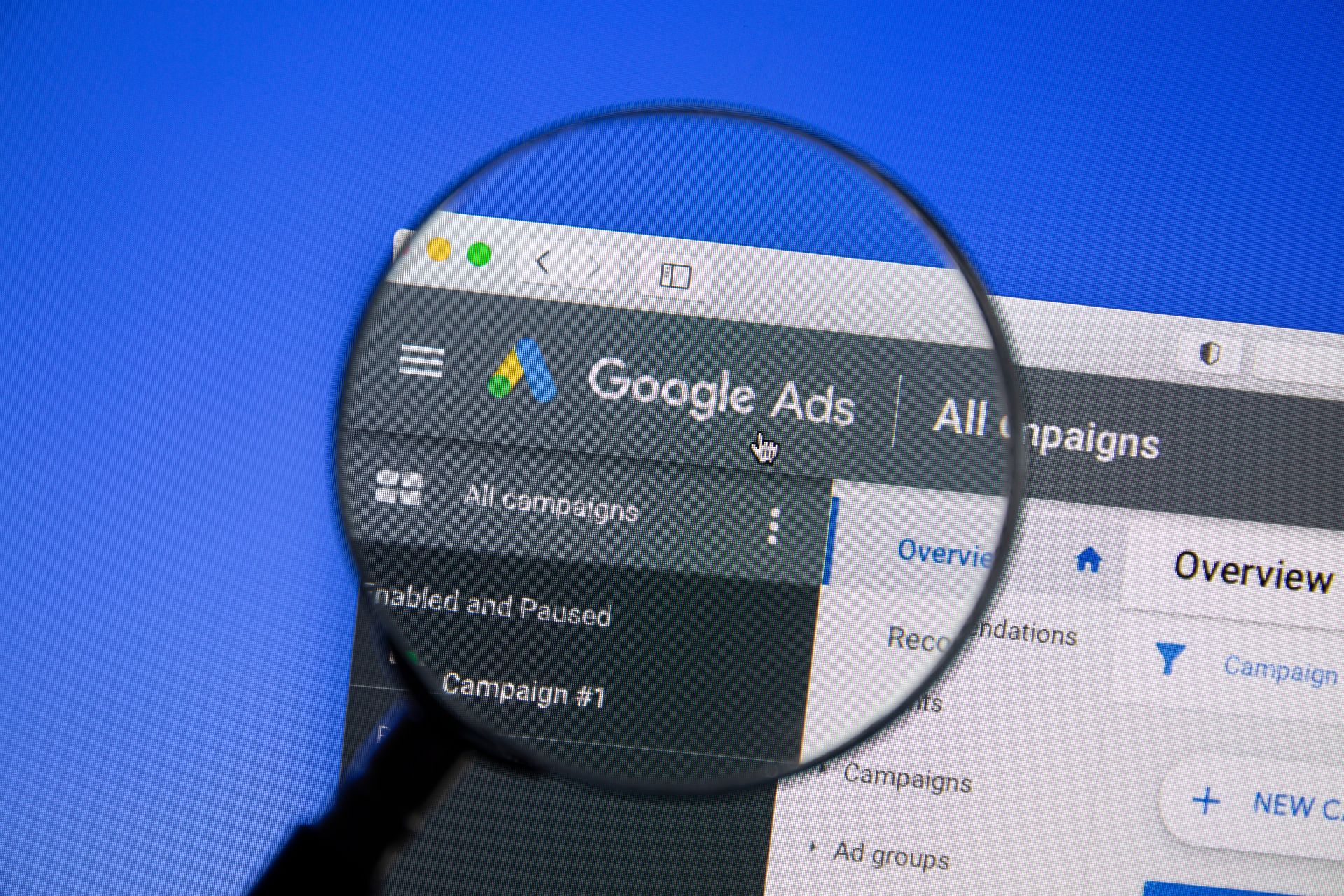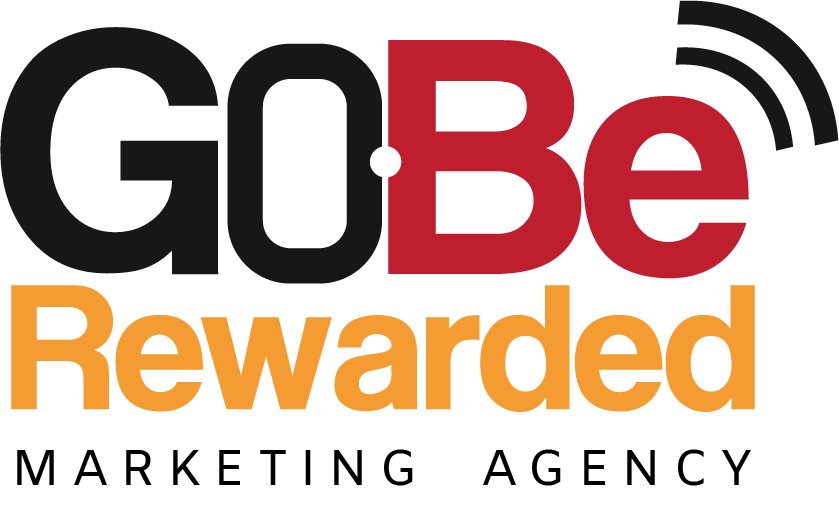The Art of Crafting Valuable Content That Engages Your Home Service Customers
Master the Art of Creating Compelling Home Service Content: A Comprehensive Guide to Captivating Your Customers and Boosting Your Business

Creating Engaging and Valuable Content for Home Service Customers: A Comprehensive Guide
As a home service provider, creating engaging and valuable content for your customers is vital for building a robust online presence, generating leads, and nurturing long-lasting customer relationships. With numerous businesses vying for your customers' attention, it can be a daunting task to produce content that genuinely resonates with your target audience. In this comprehensive guide, we'll delve into the process of creating valuable content that captivates your home service customers, from understanding your audience to evaluating your results.
I. Get to know your audience
The journey towards creating valuable content begins with understanding your audience. You should be familiar with their identities, pain points, concerns, and preferred content types. You can collect this information using various methods:
- Leverage customer feedback to generate content that specifically addresses their pain points or concerns. Monitor customer reviews and feedback on your website, social media channels, or third-party review platforms to pinpoint common themes or problems faced by your customers.
- Create buyer personas to better comprehend your target audience and develop content that resonates with them. Conduct market research to identify key demographic or psychographic characteristics of your target audience, such as age, income, education, or interests. Then, utilize buyer personas to customize your content based on your audience's needs, interests, and preferences.
- Analyze your competitors' content to identify gaps and opportunities for differentiation. Perform a content audit to examine your competitors' content marketing efforts, including their blog posts, social media content, and email newsletters. Recognize content gaps or opportunities that your competitors may have overlooked, such as new or emerging topics or formats. Use these insights to create content that sets your business apart and caters to the needs of your audience.
- Conduct surveys or interviews with your customers to gather more insights into their needs and preferences. This firsthand information can help you identify trends and generate content ideas that cater to their interests.
- Monitor social media conversations, hashtags, or groups relevant to your industry. By staying active in these online communities, you can identify common customer concerns or questions and create content that addresses these topics effectively.
We once worked with a home service client who was struggling to attract new customers. After conducting market research and creating buyer personas, we discovered that a significant portion of their target audience was environmentally conscious. This insight led us to develop a series of blog posts and infographics highlighting eco-friendly home maintenance practices, which ultimately drove a significant increase in website traffic and leads for the client.
II. Craft a winning content strategy
Once you have a thorough understanding of your audience, you can develop a content strategy that aligns with your business goals and addresses the needs and interests of your target audience. Here are some tips:
- Identify key topics and themes that align with your business objectives and your target audience's needs and interests. Use customer feedback, buyer personas, or keyword research to pinpoint the key topics or themes your target audience is interested in. Then, align your content topics and themes with your business goals, such as generating leads or building brand awareness.
- Experiment with different content formats to discover what works best for your audience. Test various content formats, like video tutorials, infographics, or case studies, to determine which resonate best with your audience. Analyze engagement metrics, such as time on page or bounce rate, to identify the most effective formats in capturing your audience's attention.
- Utilize data to refine your content strategy over time and optimize your content for maximum impact. Use analytics tools to track engagement metrics, such as page views, clicks, or shares, to assess the effectiveness of your content. Employ A/B testing to experiment with different content formats, headlines, or calls-to-action to see what works best for your audience.
- Establish a content calendar to plan and organize your content production and distribution. A well-structured content calendar can help you maintain a consistent publishing schedule, ensuring you stay top of mind for your audience.
- Collaborate with other industry experts or guest contributors to create high-quality content that adds value to your audience. These collaborations can bring fresh perspectives to your content and broaden its appeal to different segments of your target market.
A successful content strategy we implemented for another home service client involved creating a mix of blog posts & videos that covered various aspects of home improvement and maintenance. We found that this client's audience responded particularly well to video tutorials and "how-to" guides, leading to a boost in website engagement and social media shares. By regularly analyzing the performance of different content formats, we were able to refine the client's strategy and focus on the most impactful types of content.
III. Harness the power of storytelling
Storytelling is an impactful way to connect with your audience and make your content more engaging. Here are some tips for incorporating storytelling into your content:
- Use a storytelling framework, like the hero's journey, to create captivating narratives that draw in your audience. Utilize real-life examples or anecdotes to make your content relatable and emotionally resonant with your audience.
- Incorporate visual storytelling elements, such as infographics or videos, to amplify the emotional impact of your content. Employ design elements that make your visual storytelling components visually appealing and easy to understand, like color, typography, or layout.
- Use data visualization tools to present complex data or statistics in an engaging and accessible manner, such as charts, graphs, or diagrams. Develop a consistent and relatable narrative using your brand voice and tone that aligns with your brand personality and values. Choose language and tone that resonates with your target audience, such as conversational or authoritative. Inject humor or wit into your content to give it more personality and make it more engaging.
- Use customer testimonials or case studies to share relatable stories that demonstrate the value of your services. These stories can help potential customers envision how your services can benefit them in their own lives.
- Incorporate user-generated content (UGC) into your storytelling strategy. Encourage your customers to share their experiences with your services on social media, and feature their stories in your content to add authenticity and build trust with your audience.
When we worked on a content campaign for a plumbing services client, we decided to use storytelling to make their content more engaging. We created a series of blog posts that featured real-life customer stories, showcasing how the company's services had helped customers overcome various plumbing challenges. This approach resonated with the client's audience and led to increased social media engagement and website traffic.
IV. Enhance your content with visual appeal
Visual elements can significantly impact the engagement level of your content. Here are some tips for making your content visually appealing:
- Use high-quality images and videos that are visually appealing, relevant, and aligned with your brand. Utilize stock photo websites or hire professional photographers or videographers to create top-notch visual content.
- Incorporate design elements, such as color schemes or typography, that align with your brand and establish a consistent visual identity. Use design elements to create a visual hierarchy that makes your content easier to read and understand.
- Employ data visualization tools to present complex data or statistics in an engaging and accessible manner, such as charts, graphs, or infographics. Utilize design elements to make your data visualization tools visually appealing and easy to navigate.
- Create custom illustrations or graphics to accompany your content, making it more visually engaging and memorable. Custom visuals can help reinforce your brand identity and make your content stand out among competitors.
- Use interactive elements, such as quizzes or polls, to make your content more engaging and encourage user participation. Interactive content can also provide valuable insights into your audience's preferences and help inform your content strategy.
In one project, our agency partnered with a landscaping company to improve the visual appeal of their content. We collaborated with professional photographers to create a series of high-quality images showcasing the company's work, which we then incorporated into blog posts, social media updates, and email newsletters. This strategy significantly increased user engagement and helped the landscaping company establish a strong visual identity that set them apart from their competitors.
V. Optimize your content for search engines
Search engine optimization (SEO) is crucial to ensure that your content is discoverable by your target audience. Here are some tips for optimizing your content for search engines:
- Use on-page optimization techniques, such as header tags or meta descriptions, to help search engines understand the structure and relevance of your content. Incorporate keywords or synonyms naturally throughout your content to assist search engines in comprehending the topic and context of your content.
- Optimize your content for mobile devices to enhance search engine visibility and user experience. Conduct backlink outreach to build high-quality backlinks that improve your content's visibility in search results.
- Use relevant and informative meta descriptions or titles to encourage users to click through to your content. Include images, videos, or other rich media elements to enhance your search results and attract more clicks.
- Create long-form content that provides in-depth information on a specific topic. Long-form content has been shown to perform well in search rankings and can help establish your brand as an authoritative source in your industry.
- Utilize structured data markup (schema) to help search engines better understand and display your content in search results. Structured data can lead to enhanced search result listings, increasing the likelihood of users clicking through to your content.
For an HVAC service client, our agency conducted a thorough SEO audit and discovered that their website had several technical issues that were negatively affecting search engine visibility. We addressed these issues, optimized on-page elements, and created a keyword-focused content strategy, which led to a significant increase in organic search traffic and new customer inquiries.
VI. Effectively promote your content
Promoting your content is essential for getting it in front of your target audience. Here are some tips for content promotion:
- Use social media advertising to promote your content to a wider audience, targeting specific demographics or interests. Partner with influencers or other businesses to reach a broader audience and tap into their existing networks.
- Utilize social media engagement tools to encourage users to share or comment on your content. Leverage email marketing to promote your content to your existing customer base or email subscribers.
- Use remarketing ads to target users who have already visited your website or interacted with your content. Employ personalized messaging or offers to encourage users to revisit your website or engage with your content.
- Leverage your professional network to promote your content. Share your content with colleagues, industry associations, or local business groups to expand your reach and tap into new audiences.
- Repurpose your content into different formats, such as infographics, podcasts, or webinars, to extend its lifespan and reach a broader audience. This approach can also help reinforce your key messages and increase overall engagement.
In one of our most successful content promotion campaigns, we partnered with a home cleaning services client to promote their content through targeted Facebook ads. By using custom audiences and detailed targeting options, we were able to reach potential customers who were most likely to be interested in the client's services. As a result, the client saw a notable increase in website traffic, social media engagement, and new customer inquiries.
VII. Evaluate your results
Measuring your content's effectiveness is key to refining your content strategy over time. Here are some tips for evaluating your results:
- Use A/B testing to experiment with different content formats, headlines, or calls-to-action to determine what works best for your audience. Use data analytics tools to track engagement metrics, such as click-through rates, time on page, or bounce rate, to measure the effectiveness of your content.
- Use social media analytics tools to track engagement metrics, such as likes, comments, and shares, to assess the effectiveness of your social media promotions. Employ social listening tools to monitor social media conversations and gather feedback from your target audience.
- Use conversion tracking tools to measure the effectiveness of your content in generating leads or sales, such as Google Analytics or Facebook Pixel. Use these insights to optimize your content strategy and create more effective content over time.
- Monitor and analyze the performance of your content across different channels, such as organic search, social media, and email marketing. Understanding which channels drive the most engagement can help you focus your efforts and improve your overall content strategy.
- Set specific, measurable goals for your content, such as a target number of leads generated or social media shares. By setting clear objectives, you can better measure the success of your content and make informed decisions about future content production and promotion.
Working with a pest control client, we used A/B testing to experiment with different headlines and calls-to-action for their blog posts. After analyzing the results, we discovered that headlines featuring numbers (e.g., "5 Tips for Preventing Pest Infestations") and urgent calls-to-action (e.g., "Schedule Your Pest Inspection Today") were most effective at driving user engagement. By implementing these findings into the client's content strategy, we were able to significantly increase click-through rates, time on page, and ultimately, conversions.
In conclusion
Creating valuable content that engages your home service customers requires a deep understanding of your audience, a well-planned content strategy, storytelling techniques, visually appealing content, SEO optimization, promotion, and measurement. By implementing these tips, you'll be able to create content that resonates with your target audience and helps you achieve your business goals. Remember to continually analyze your content's performance and make adjustments to your strategy as needed. By providing valuable content to your customers, you can establish trust and credibility, increase customer loyalty, and drive more leads and sales to your home service business.
Stay committed to learning and adapting in the ever-changing landscape of digital marketing. Keep yourself updated on the latest trends, tools, and best practices to ensure your content remains fresh, relevant, and engaging. By doing so, you'll not only maintain a strong online presence but also foster lasting relationships with your customers, setting your home service business up for long-term success.



All Rights Reserved | GoBeRewarded, Inc.


